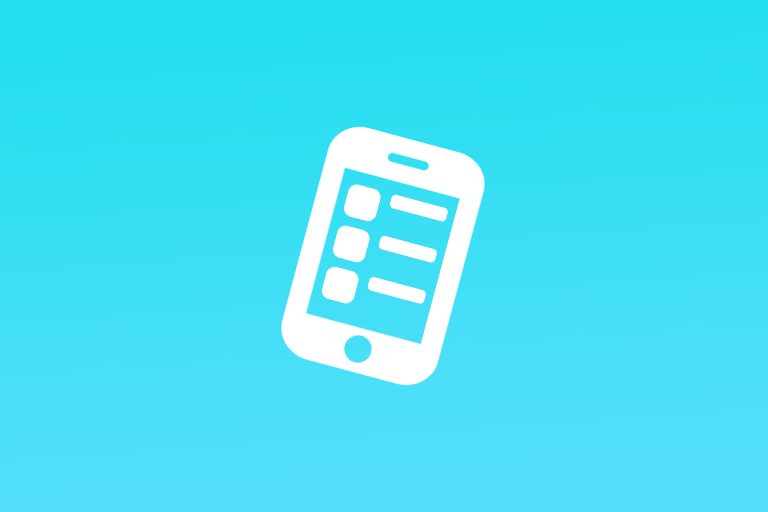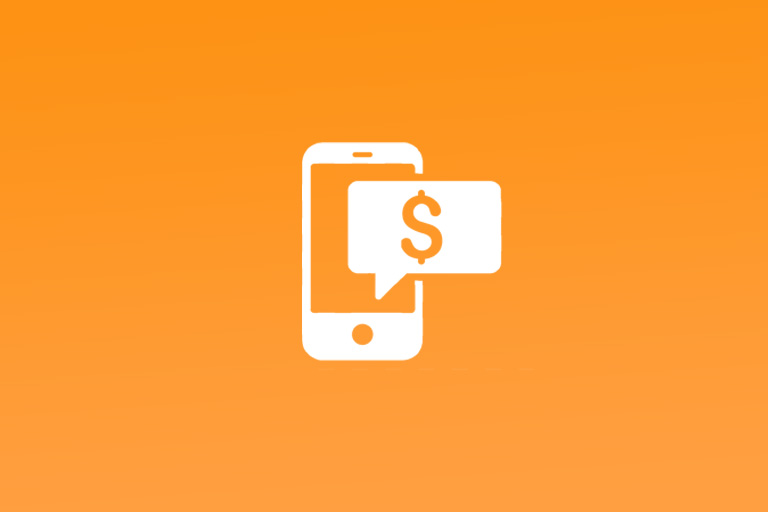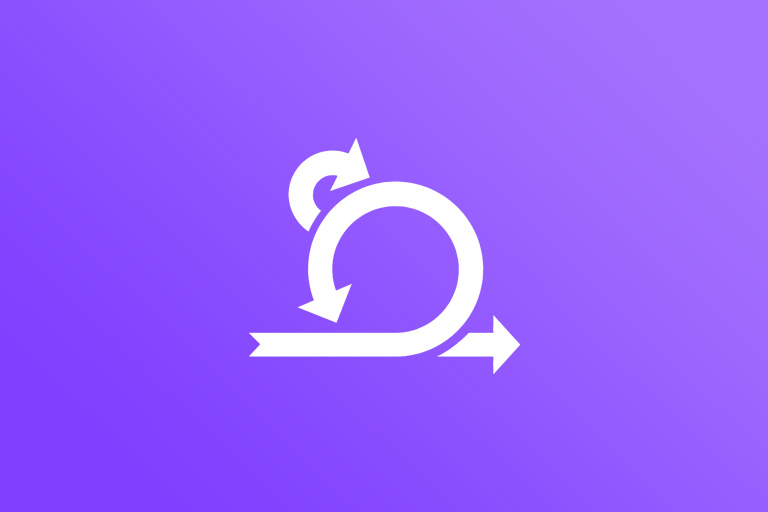Identifying the target audience for a mobile app is crucial for its success. Precisely defining the intended users enhances the likelihood of meeting the app's objectives. This process is essential during the early project stages, as it directly influences marketing strategies and the effectiveness of App Store Optimization (ASO).
Determining the End User of Your App
The primary question to address is: Who will use the app? To answer this, analyze several key factors:
- User Profile: What do they look like?
- Pain Points: What challenges do they face?
- Interests: What are they interested in?
- Demographics: What is their gender and age?
- Habits and Preferences: What are their routines and likes?
Importance of Accurately Defining the Target Audience
Defining the target audience accurately is vital for an app's success. Attempting to appeal to everyone can lead to the app being overlooked. For instance, a fitness app is unlikely to attract homemakers, and a children's educational app won't engage teenagers.
As the mobile market expands, so does the pool of potential users. Consider these points highlighting the importance of defining a target audience:
- By 2024, mobile devices are projected to account for 52% of all internet traffic, expanding the potential audience.
- The average user interacts with ten apps daily and uses up to 30 apps monthly.
- 85% of users prefer mobile apps over web resources due to convenience and speed. Focusing on the target audience ensures capturing users from this majority.
- Targeted marketing efforts, like personalized push notifications, are more effective and cost-efficient, reducing user acquisition costs and increasing return on investment.
Strategies to Identify Target Users
The path to an app's success begins with identifying the relevant target audience. Ideally, define the target consumer group and create a product that meets their needs and addresses their pain points.
Demographic Characteristics
- Age: Target users should ideally fall within one generation for a focused approach.
- Gender: Gender can significantly influence user interest. For example, an ovulation tracking app is unlikely to interest men.
- Location and Language: Language-specific apps may not appeal to users in regions where that language is not spoken.
- Education and Occupation: These factors affect how much time users spend on apps.
- Marital Status: This can influence interests, as married users may belong to additional subgroups compared to single users.
- Income: This indicates users' willingness to pay for premium features.
Psychological Characteristics
- Interests: Aligning the app with user interests is crucial. For example, a calendar of religious holidays might appeal to family-oriented individuals aged 40+ with a medium income.
- Culture: Consider cultural contexts when developing and promoting the app.
Marketing Characteristics
Competitors provide valuable insights. Analyzing their activities helps avoid their mistakes and capitalize on successful strategies. Surveys and reviews also enhance user loyalty and increase recommendations through word of mouth.
Devices
Determine whether your target audience uses Android or iOS, smartphones or tablets.
Enhancing Understanding of App Users
To better understand your app's users, consider these questions:
- What does the app do?
- What value does it offer users?
- How does it simplify users' lives?
- How convenient and relevant is it?
- Why should users choose this app over others?
Once the target audience is identified, create personalized user profiles to better understand their needs and preferences. These profiles can guide UX/UI design optimization for an improved user experience.
Examples of Target Users for Various App Categories
Fitness and Health App
- Primary Audience: Ages 25-40, both genders, interested in active lifestyles and fitness.
- Example User: Anna, 32, a sales manager in a big city, goes to the gym 3-4 times a week and needs an app to track workouts and meal plans.
Online Shopping App
- Primary Audience: Ages 18-45, mostly women, interested in fashion and shopping.
- Example User: Helen, 28, a designer in the suburbs, loves fashion and seeks an app for personalized recommendations and sale alerts.
Meditation and Mental Health App
- Primary Audience: Ages 30-50, both genders, interested in mental health and relaxation.
- Example User: Jorge, 40, an IT professional experiencing work stress, needs an app with meditation sessions and stress-reduction techniques.
Get Professional App Marketing Service With FoxData
Ready to make your app shine? Optimize your app's visibility and rankings with FoxData by leveraging our powerful insights today! Enhance your digital presence with FoxAdvert, our expert digital marketing agency! Partner with our expert team for targeted advertising strategies that drive results. Let's get started!







